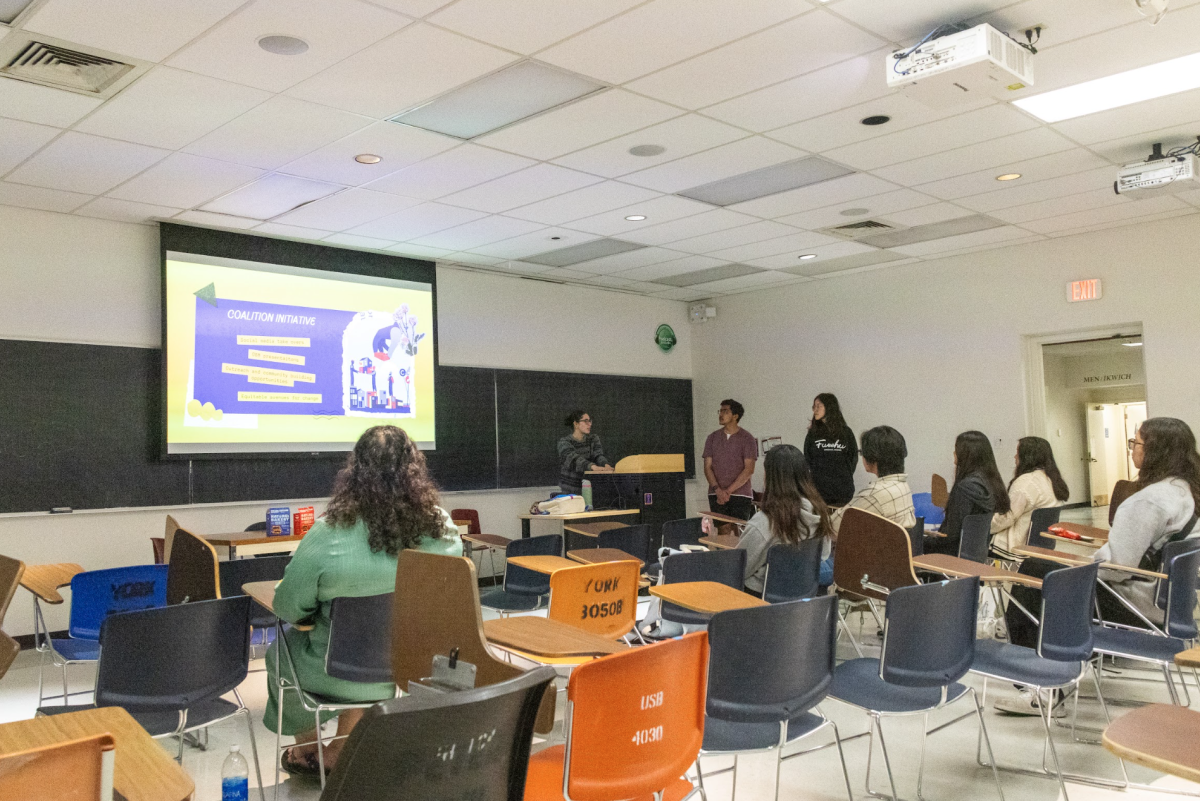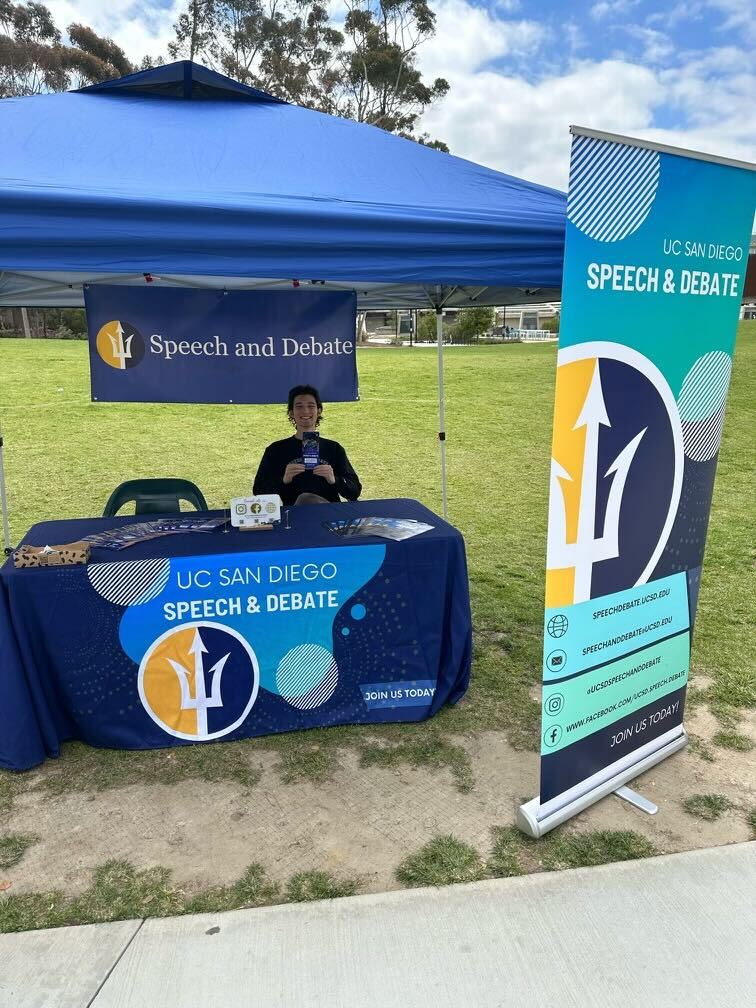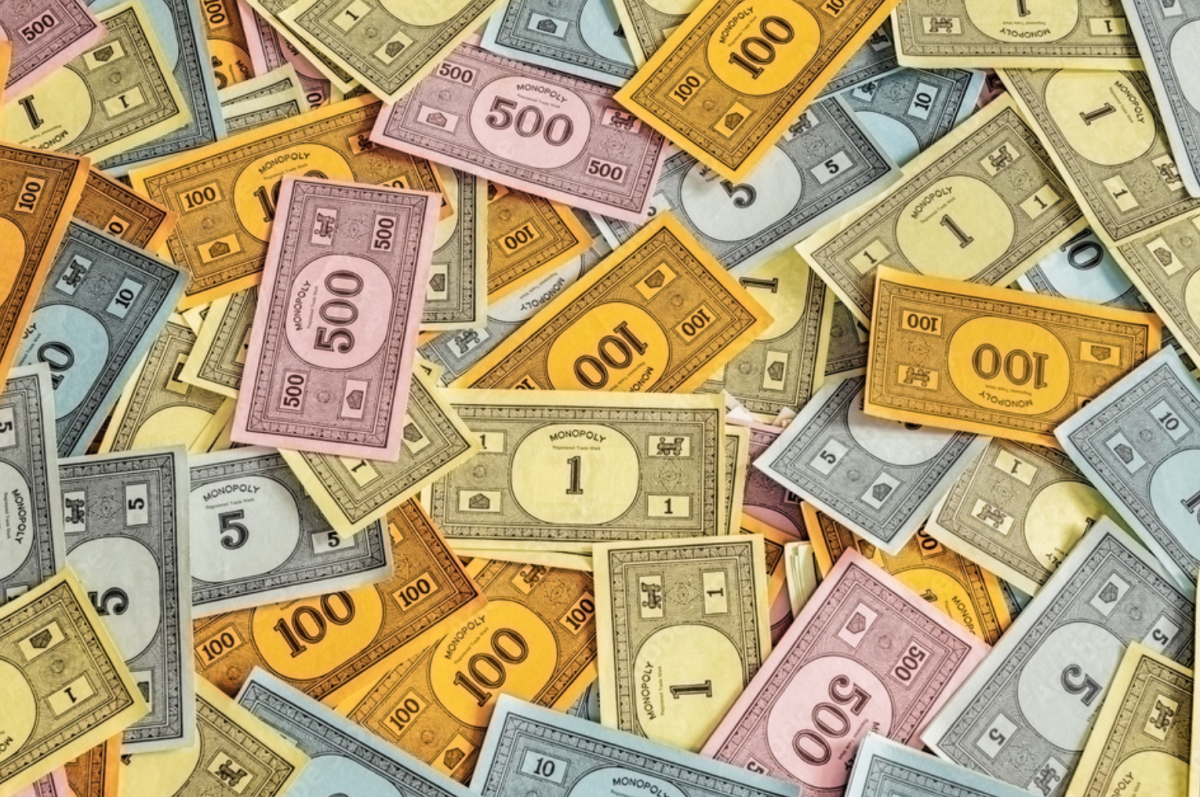If you’re one of those people who has ever said, “”I think I’m going to take the LSAT just to see how I would do,”” I have this to say in response: Don’t even toy with the idea of law school unless you have hundreds of dollars to throw around.
Now, when I mention dollars, you probably think I’m referring to the astronomical tuition fees associated with most of the top-tier law schools. Harvard, Yale and Stanford all demand something around $25,000 per year. Even the lower-ranked, but still noteworthy schools — such as USC, Cornell and Columbia — will cost you a pretty penny. Still, the steep tuition is expected.
What you might not expect from law school is just how much it could cost you to simply take the test and apply. Let me enlighten you, dear prospective LSAT-takers, with a few insightful bits of wisdom that constitute the sum of all I learned while studying for the Big Test over the last three months.
It costs $96 to register for the LSAT. On top of that, most test-takers register for the “”Basic Law School Data Assembly Service 12-month subscription fee”” for $95. The $95 buys you one free score report and ensures that your letters of recommendation will be on file with the LSDAS. It already sounds like an expensive proposition.
The average applicant applies to 10 law schools. You get to pay $9 for each additional score report that the LSDAS sends out.
After registering to take the LSAT and deciding which 10 schools you’re applying to, you’ve got a bill of $281.
Let’s be fair and imagine that you’re taking the test just to “”see how you would do,”” and that you thus have no need for 10 score reports or for the filing service. Being there on test day is still going to cost $96 and if you ever do apply, you’ll still have to register for the LSDAS for $95.
Now, let’s imagine another scenario: You paid the $96 just to see how you would do, but now that the economy and the world seem a tad wobbly, you want to apply to your 10 schools and ensure your position on the student deferment list rather than your position on the front lines in Afghanistan.
First, you’ll be hit by that $95 fee and then you’ve got to order those additional score reports at $9 each. Then, a month later, you’ll forget that you’re a communications or political science major and you’ll think, “”What the heck? I might as well apply to Harvard. I mean, I do have a 3.90.””
Now you will have gotten your little legalistic self into a quandary — you only ordered 10 score reports! Never fear, of course.
The LSDAS loves to predict your blunders and make money off them, and they predicted this one perfectly. You can order additional score reports for Harvard at a later date, but the price goes up from $9 each to $11 each.
Now that’s $95 for the test, $96 for the LSDAS subscription, $90 for score reports and $11 for the Harvard decision. That adds up to $292.
And you haven’t even paid your application fees yet, which run between $50 and $70 each. Ten applications at an average of $60 per application is $600. The grand total has now risen to $892.
Oh, and what about those preparatory courses you’ve heard such wonderful things about? They must be worth something — I mean, they’re the reason the LSAT is getting harder every year. Well, don’t even consider trying one unless you’ve got about $1,000 to drop.
New grand total: $1,892.
Before I go on, I’ll admit that the LSDAS does offer fee waivers for U.S. citizens. The general condition upon which such waivers are granted, however, is an “”absolute inability to pay for the LSAT and other essential applicant services.””
That seems sort of reasonable, but LSDAS also states that, “”Because the cost of these services is only a fraction of the cost of a legal education, the need criterion is considerably more stringent than for other financial aid processes.””
Here’s my reading of that very fishy statement: “”If you can’t afford to take the LSAT, you probably can’t afford law school. You should be intimidated by these looming costs and shouldn’t even bother applying.””
At first, it seems like I sound a lot like the LSDAS booklet.
But here’s how my LSAT philosophy differs: Even if you’re empty-pocketed, you should save up and apply, you should still go if you get in, and, of course, you should apply for the fee waiver no matter what.
Just be aware of the price tag attached to your decision and prepare for it. I wasn’t and now I’ve got a new $1,300 student loan.







